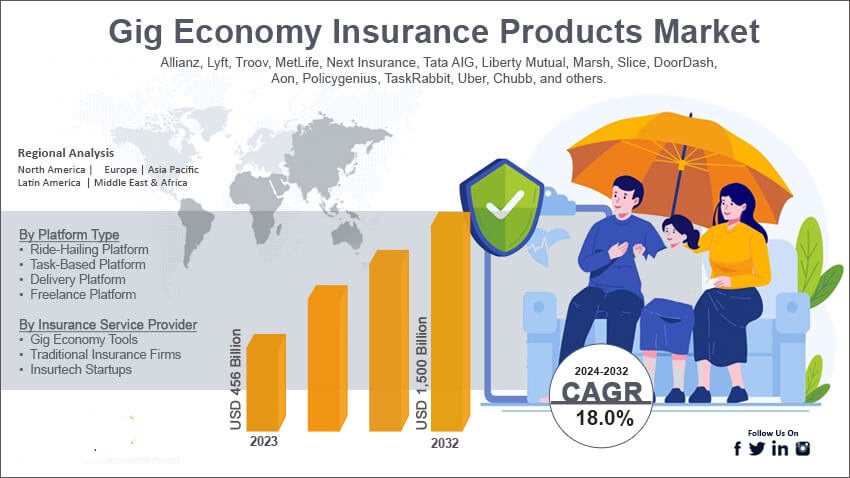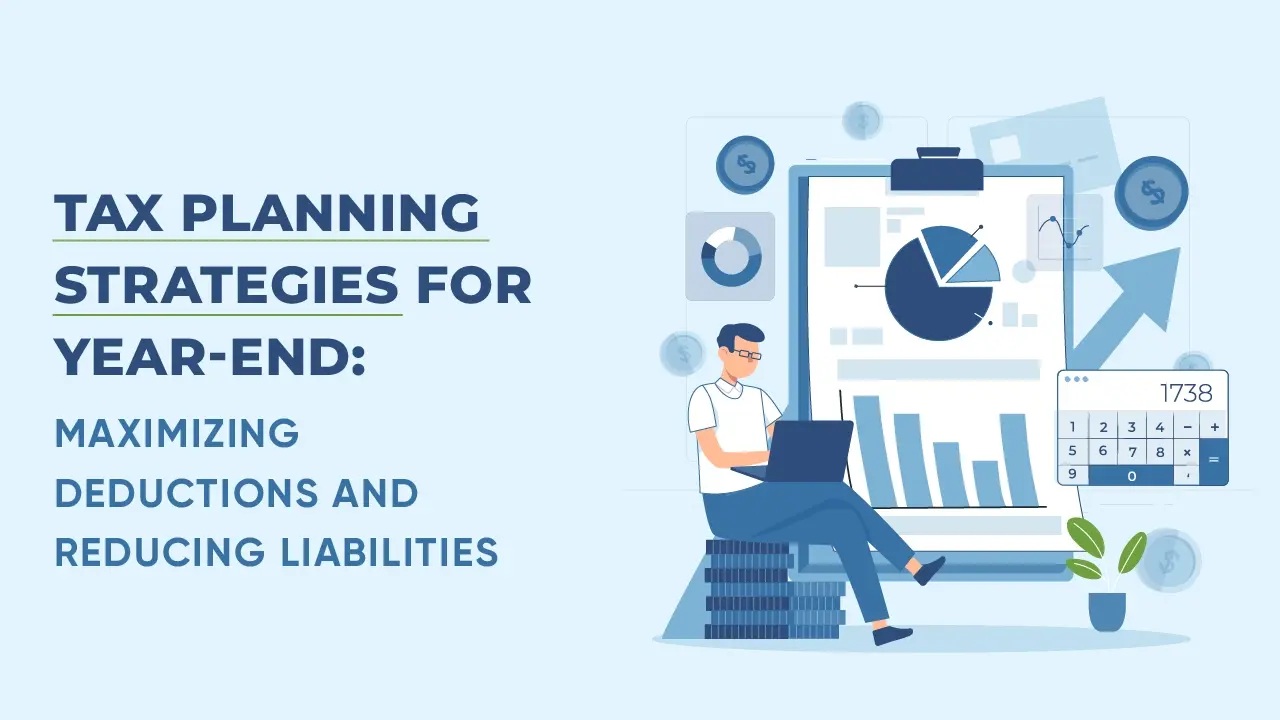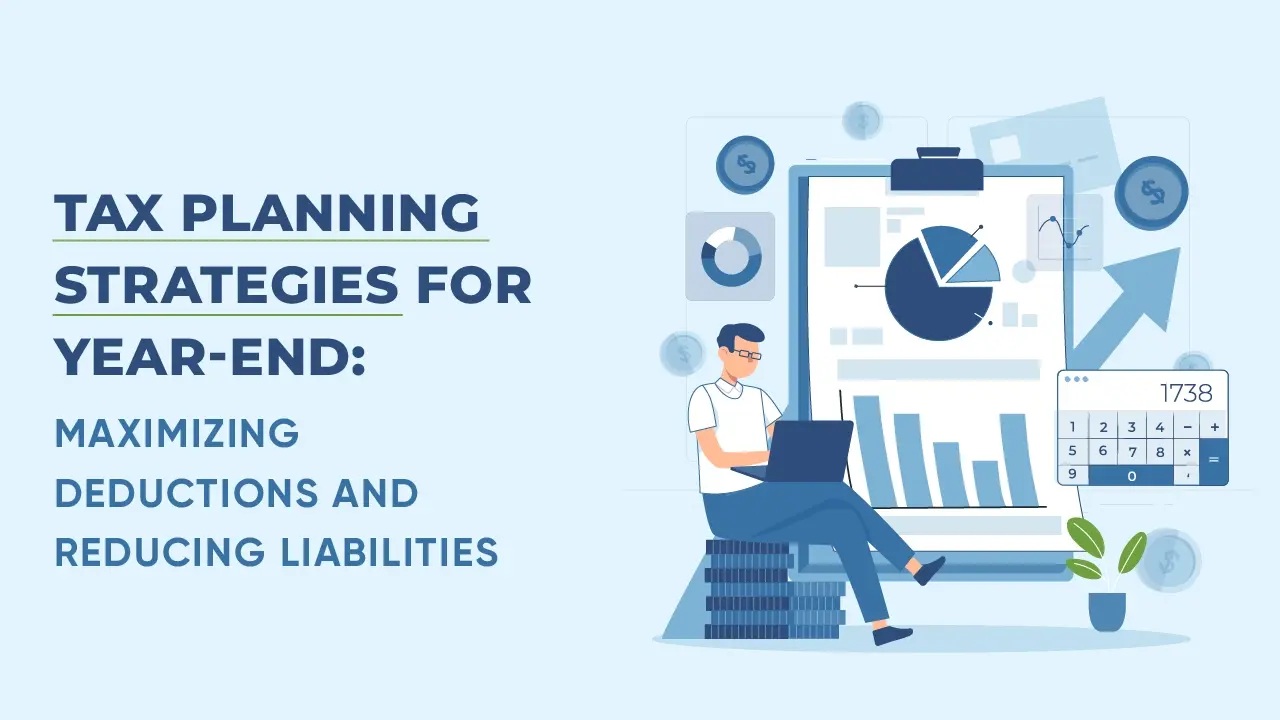🔍 Introduction: A Reckoning for Risk
In 2025, climate change has evolved from a theoretical risk to a financial reality. Insurance companies worldwide are grappling with soaring claims, unstable markets, and rising protection gaps. For individuals and businesses, that means higher premiums, fewer options, and less reliability.
This article explores how climate change is reshaping the insurance sector — from property coverage to parametric products — and outlines how insurers, governments, and consumers can adapt.
1. The Climate-Driven Shift in Risk Perception
In Allianz’s 2025 Risk Barometer, climate change ranks #5 globally, the highest ever in the 14‑year surveyAllianz Commercial. That reflects growing fear over physical damage from extreme weather and the financial instability it brings. In fact, insured losses from climate-related disasters have exceeded US $100 billion for five consecutive yearsAllianz Commercial.
Swiss Re estimates that the 2025 Los Angeles wildfires alone may cost the global insurance industry around $40 billion—making them the costliest U.S. fire everMarketWatch.
2. Premiums Alone Don’t Tell the Whole Story
Across the U.S., homeowners’ insurance premiums rose more than 30% from 2020 to 2023, even after inflation adjustmentsbrookings.edu. In many regions, insurers have exited high-risk markets entirely, leaving policyholders with limited coverage options or forcing them into expensive state-run “last-resort” plansbrookings.edu.
In California’s wildfire zones, for example, the state‑provided FAIR Plan now covers over 20% of homes in high-risk ZIP codes—up from much smaller numbers—instead of private insurersen.wikipedia.org.
3. The Protection Gap: Coverage Isn’t Keeping Pace
In 2024, insured losses reached ~$145 billion—but only ~57% of overall economic loss was insured. That leaves an enormous protection gap of roughly US $181 billion, meaning billions in losses aren’t covered by any insuranceswissre.com.
This gap threatens not just individual policyholders, but the financial system broadly—the Financial Stability Board (FSB) has warned climate shocks could trigger market panics and restrict credit availabilityFinancial Times.
4. Rising Natural Disasters—More Frequency, More Cost
NOAA recorded 28 separate weather disasters in 2024, each causing over $1 billion in damage. In 2023, U.S. insurers paid out about $65 billion in catastrophe-related claimscitizensclimatelobby.org. Meanwhile hailstorms—long hard to model—are increasing in size and frequency, forcing surge in premiums in regions like the U.S. Midwestbusinessinsider.com.
Between 2002–2022, climate-induced insured losses totaled approximately $600 billion globally, a clear indication of escalating long‑term exposuregreencentralbanking.com.
5. Insurers Respond: Exit, Retreat, or Adapt?
Many carriers are raising rates, trimming coverage limits, or opting out of high-risk regions, particularly for home and wildfire insurancepwc.comamericanprogress.org. Some players, notably reinsurers, are revisiting old firms like coal even amid climate pledges, reflecting ongoing tension between profit motives and sustainability stancesFinancial Times.
Regulators are starting to step in. In California, the Department of Insurance recently approved use of catastrophe modeling for pricing, allowing insurers to more appropriately assess wildfire risk—and pass on reinsurance costs to customers if necessarysfchronicle.com. Texas and Florida have similar initiatives underway.
6. Innovations: Parametric Insurance & Nature-Based Solutions
Parametric Insurance
Parametric (or index-based) insurance provides automatic payouts when predefined metrics—like rainfall or wind speed—are met, bypassing claims adjustment delays.
- Weather parametric insurance reduces moral hazard and speeds payouts, though it introduces “basis risk” (when payouts don’t align with actual losses)en.wikipedia.orgarxiv.org.
- African Risk Capacity (ARC) is offering parametric drought and flood policies to millions in Africa, paying out $11.2 million to Malawi after a recent droughten.wikipedia.org+2time.com+2en.wikipedia.org+2.
- Parametric hail insurance and reef protection models in Australia and Mexico illustrate the flexibility of this modelen.wikipedia.org.
Nature-Based and Resilience Approaches
Insurers increasingly fund climate-resilient infrastructure and adaptive measures. Louis Gritzo (FM Global) stresses that facilities with flood emergency plans saw 70% less damage—underscoring the importance of physical resilienceFinancial Times.
Broader collaborations between private insurers, governments, and communities are also emerging, aiming to mitigate risk rather than solely transfer it.
7. Regulatory & Supervisory Advances
The IAIS (International Association of Insurance Supervisors) released a new climate‑risk application paper in April 2025, urging supervisors worldwide to integrate climate-related frameworks in governance, valuation, and macroprudential oversightiais.org.
In the U.S., 97% of insurers now disclose climate strategies—but fewer than 30% set measurable targets, a gap regulators are starting to flagasuene.com.
8. Strategic Challenges for Insurers
| Challenge | Impact on Industry |
|---|---|
| Underpricing from historic models | Financial strain |
| Retreat from high-risk markets | Consumer coverage gaps |
| Regulatory uncertainty | Compliance costs |
| Protection gaps | Vulnerable regions |
Traditional risk models are increasingly unreliable given the acceleration in frequency and severity of floods, wildfires, droughts, hurricanes and storms. Insurers are under pressure to innovate or face declining solvencyMarketWatch.
9. Opportunities Ahead: Climate Resilience as a Business Strategy
- Alternative risk transfer instruments, like parametric bonds and catastrophe swaps, help reinsurance markets handle surge events.
- Firms are offering climate advisory services, helping commercial clients invest in resilient infrastructure.
- Sustainable underwriting is becoming a competitive advantage; purpose-driven insurers attract policyholders concerned with ESG performanceey.comoliverwyman.com.
Allianz, EY, PwC, and other consultancies are highlighting climate-related risk management not just as compliance—but as value creation in 2025oliverwyman.comey.com.
10. Advice for Policyholders & Communities
For Homeowners & Businesses:
- Expect rate hikes in high-risk zones—consider relocation or mitigation measures.
- Explore parametric or digital flood products where traditional insurance isn’t available.
- Insist onCommunity and state-level resilience planning, not just insurance.
For Governments & Regulators:
- Expand reinsurance pools or taxpayer-backed guarantees in vulnerable states.
- Require disclosure of climate-risk pricing models and catastrophe exposure.
- Support floodplain mapping, infrastructure upgrades, and smart zoning to reduce losses.
Case in point: Shepparton, Australia, where over 50% of homes are at flood risk, local leaders are investing in infrastructure upgrades alongside insurance reforms to keep premiums affordableHerald Sun.
11. SEO Strategy: Keywords & Content Opportunities
Primary Keywords: climate change insurance 2025, impact of climate change on insurance, insurance load premiums climate risk, parametric insurance climate
Content Ideas:
- “Why wildfire zones are becoming uninsurable in 2025”
- “Parametric insurance explained: How AI and climate data power payouts”
- “How your homeowner’s insurance may change by 2030 due to climate risk”
Ensure on‑page SEO with H2/H3 tags using these terms, include alt text (“home insurance rising premiums climate change”), and backlink to authoritative sources like Allianz, Swiss Re, IAIS reports.
12. The Long View: Roadmap to 2030 & Beyond
- Climate risk will move from peripheral concern to core risk governance for insurers.
- Parametric and hybrid models will expand, especially in agriculture and small-business lines.
- Governments will create or enhance public-private reinsurance schemes.
- Climate risk disclosure and target-setting will become mandatory globally.
- Emerging AI and optimization modeling (like Adaptive Robust Optimization) will optimize pricing for future extreme eventsHerald SunFinancial Timesarxiv.org.
🔚 Conclusion: Adapt to Thrive
Insurance is at a pivot point. Climate change is no longer hypothetical—it’s reshaping risk, pricing, and availability in real time. Consumers face rising costs and reduced choice, while insurers face shrinking profits unless they innovate. Yet within this crisis lies opportunity: climate resilience products, parametric models, and proactive public policy.
If insurers, regulators, and communities act now—building resilient infrastructure, embracing new risk transfer mechanisms, and aligning business with long‑term sustainability—insurance can remain viable, affordable, and purposeful by 2030.
✅ FAQs: Climate Change & Insurance in 2025
1. Why are insurance premiums rising?
Premiums reflect growing claims costs from climate events, rising rebuilding costs, and insurers pulling back from high-risk zonesbrookings.edupwc.com.
2. What is parametric insurance?
A model that pays out when predefined would-trigger events (e.g. wind speed, rainfall) happen, bypassing lengthy claims assessmentsen.wikipedia.org.
3. Are insurers refusing to cover homes in fire zones?
Yes. Many traditional insurers are exiting these areas, forcing homeowners into state FAIR plans that offer limited, more expensive coveragebrookings.eduen.wikipedia.org.
4. Can technology improve future insurance stability?
Yes. AI-driven pricing, catastrophe modeling, and machine-learning optimization can improve risk assessment and mitigate insolvencyarxiv.orgiais.org.
5. What should governments do?
Governments must invest in resilience infrastructure, support public reinsurance schemes, mandate transparency, and regulate risk-based pricing to maintain market access and stability.
Telehealth Expansion in 2025: The Future of Healthcare at Your Fingertips



























